|
ATRI AND
ITS HISTORY
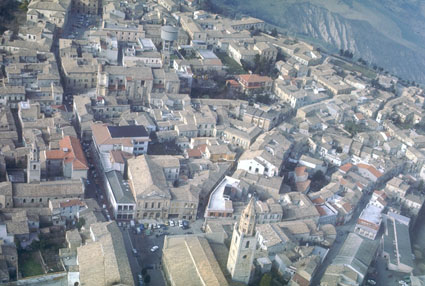
One of
the oldest towns in Abruzzo, Atri is thought to get its origins by the Illyrian people
coming from Dalmatia in the 10th century B.C. The name itsfelf in the oldest
form,Hatria,seems to come from a Sicilian god’s name , Hatranus or Hadranus ,whose
image is later found with the dog sacred to her on the local coins, minted before the town
came in contact with Rome. In the early 20th century the Necropolis of Pretara
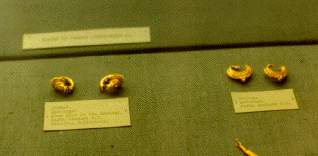 and Colle della Giustizia ,whose
funeral equipment dates back to the 7th century B.C., testified the presence of
Picenes in this area. The Etruscans were here,too, as attested by the numerous furnishings
found nearby , some of which are kept at the British Museum in London. The Greeks also
arrived to Atri.Infact the port that Strabone and Tolomeo located at the mouth of Matrinus
river,today yet not exactly identified ( sometimes Saline or Piomba,sometimes Vomano) was
on the Adriatic commercial sea route, starting from Puglia and ending at the Po delta.
Some huge turned up" L shaped " Istria stone blocks found off the coast opposite
Cerrano Tower,in Pineto area, let experts realize the port was actually there. and Colle della Giustizia ,whose
funeral equipment dates back to the 7th century B.C., testified the presence of
Picenes in this area. The Etruscans were here,too, as attested by the numerous furnishings
found nearby , some of which are kept at the British Museum in London. The Greeks also
arrived to Atri.Infact the port that Strabone and Tolomeo located at the mouth of Matrinus
river,today yet not exactly identified ( sometimes Saline or Piomba,sometimes Vomano) was
on the Adriatic commercial sea route, starting from Puglia and ending at the Po delta.
Some huge turned up" L shaped " Istria stone blocks found off the coast opposite
Cerrano Tower,in Pineto area, let experts realize the port was actually there. 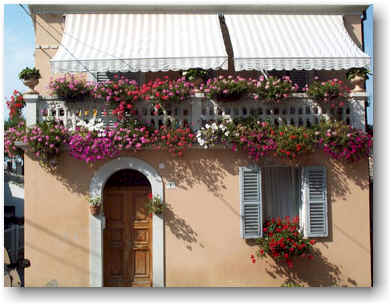 After being part of the
Picenian Confederation with Ascoli and Ancona to resist the Gallic pressure from the
North, Atri entered into an alliance with Rome and in 289 B.C. It became a Latin colony
with the permission to continue minting coins.Together they fought the pirates from the
Adriatic sea and took part in the Illyrian and Punic wars.It helped Rome even when it
seemed Annibale was going to win,so its name was added to those of the other allied towns
when the Roman Senate decided to issue a decree to thank them for their help. Atri gave
birth to the family of Emperor Adrian who considered it as a second native land, having
been there as "quinquennale ad vitam " and " curator muneris publici
". Thanks to the loyalty shown to the Church of Rome in 1251 the town received the
Diploma of Diocese Institution and The Municipal Authonomy by Pope Innocenzo IV.Then the
Diocese was joined " ad invicem " to that of After being part of the
Picenian Confederation with Ascoli and Ancona to resist the Gallic pressure from the
North, Atri entered into an alliance with Rome and in 289 B.C. It became a Latin colony
with the permission to continue minting coins.Together they fought the pirates from the
Adriatic sea and took part in the Illyrian and Punic wars.It helped Rome even when it
seemed Annibale was going to win,so its name was added to those of the other allied towns
when the Roman Senate decided to issue a decree to thank them for their help. Atri gave
birth to the family of Emperor Adrian who considered it as a second native land, having
been there as "quinquennale ad vitam " and " curator muneris publici
". Thanks to the loyalty shown to the Church of Rome in 1251 the town received the
Diploma of Diocese Institution and The Municipal Authonomy by Pope Innocenzo IV.Then the
Diocese was joined " ad invicem " to that of 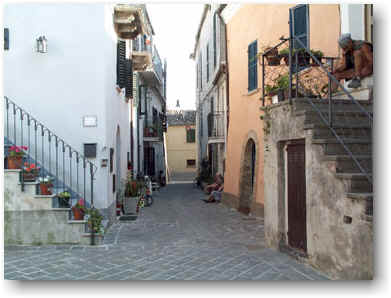 Penne. In 1305 its imposing Cathedral was completed.In
1352 Saint Reparata was proclaimed patron Saint of the town by the Municipal Parliament.In
1395 the town was sold to the Count of Saint Flaviano, Antonio Acquaviva.It was now that
the Duchy of this family started; it had great importance during the Renaissance period
and lasted untill 1760, when the town entered again the Reign of Naples. Famous people
lived in Atri in the 19th century.Ariodante Mambelli was a disciple of Giuseppe
Mazzini and teacher of Pietro Baiocchi,the only man from Abruzzo among Garibaldi’s
Thousand,who died heroically in Palermo in 1860. Aurelio Grue was given the golden medal
for valour after dying heroically at Adua in 1896. Thanks to Luigi Sorrichio ( 1865-1916 )
and his work " Atria-Atri " we can know today about the history of the town. In
the first half of the 20th century Luigi Illuminati taught latin literature at
Messina University and was famous for his latin language poetry. Penne. In 1305 its imposing Cathedral was completed.In
1352 Saint Reparata was proclaimed patron Saint of the town by the Municipal Parliament.In
1395 the town was sold to the Count of Saint Flaviano, Antonio Acquaviva.It was now that
the Duchy of this family started; it had great importance during the Renaissance period
and lasted untill 1760, when the town entered again the Reign of Naples. Famous people
lived in Atri in the 19th century.Ariodante Mambelli was a disciple of Giuseppe
Mazzini and teacher of Pietro Baiocchi,the only man from Abruzzo among Garibaldi’s
Thousand,who died heroically in Palermo in 1860. Aurelio Grue was given the golden medal
for valour after dying heroically at Adua in 1896. Thanks to Luigi Sorrichio ( 1865-1916 )
and his work " Atria-Atri " we can know today about the history of the town. In
the first half of the 20th century Luigi Illuminati taught latin literature at
Messina University and was famous for his latin language poetry.
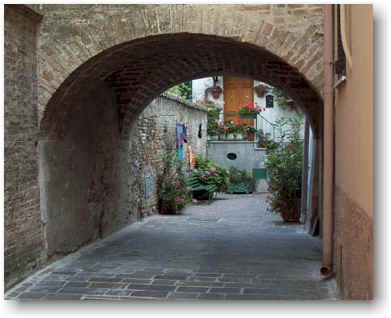
|